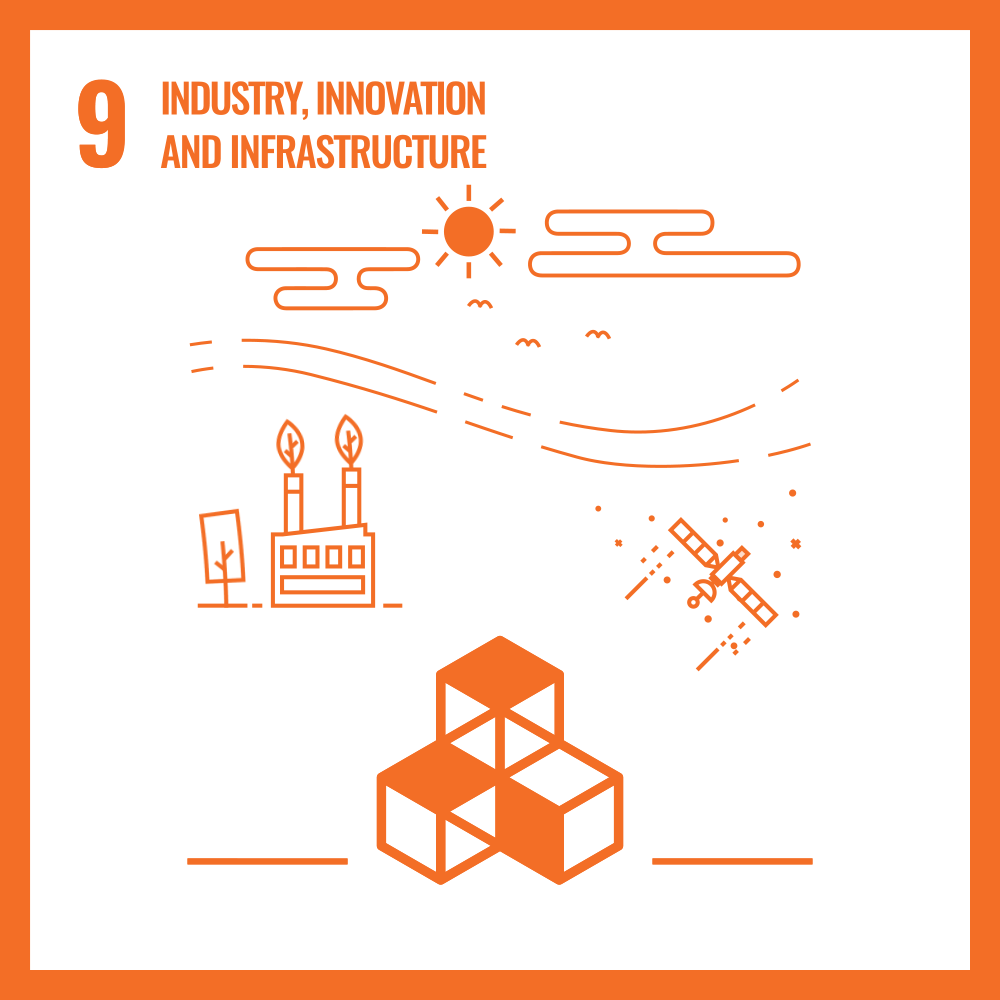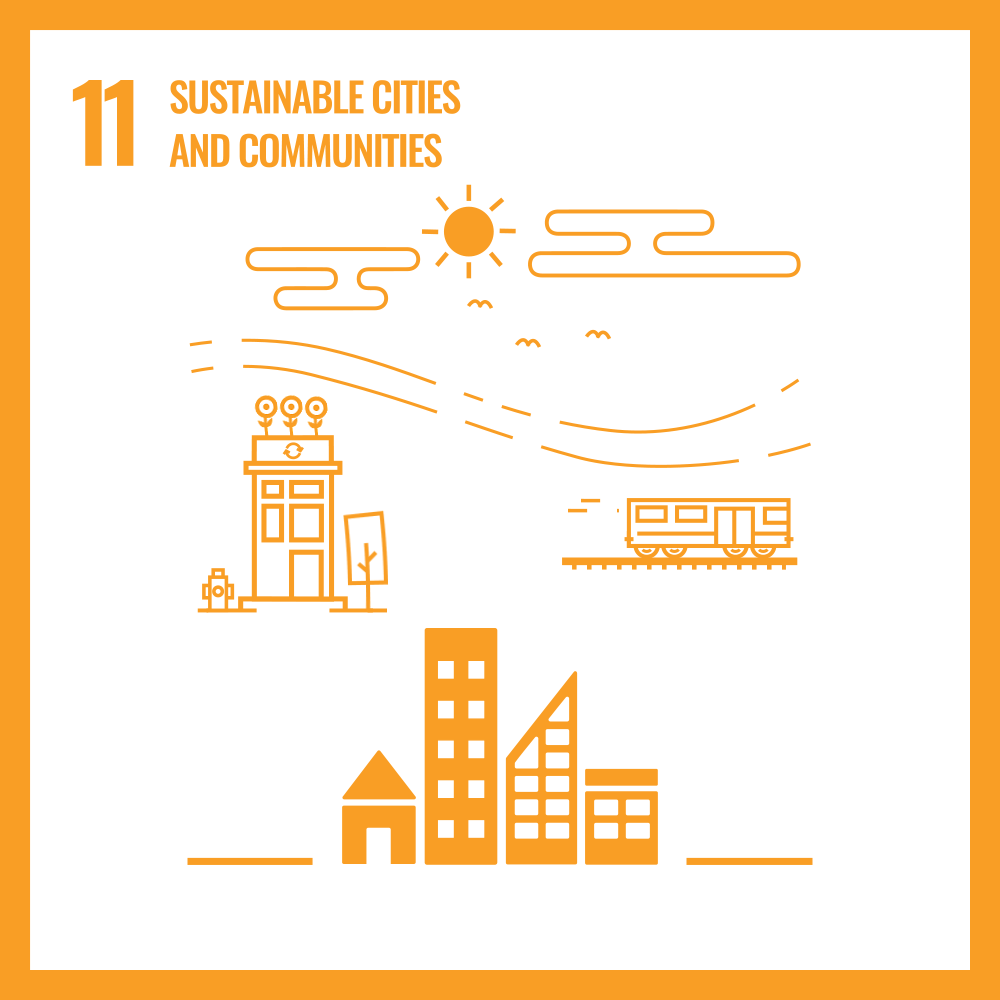
2025 | Slime Mold Intelligence for Earthquake Early Warning
BioSense harnesses slime mold algorithms to revolutionize earthquake detection. While slime molds don't directly interact with P-waves in nature, our system applies their remarkable network optimization abilities to seismic monitoring
Key Innovation
BioSense harnesses the remarkable intelligence of Physarum polycephalum (slime mold) to revolutionize earthquake early warning systems. This single-celled organism, despite lacking a brain or central nervous system, exhibits astonishing problem-solving abilities by creating optimal networks between food sources through a process of exploration and reinforcement.
Our system translates this biological intelligence into algorithms that optimize seismic sensor networks and P-wave detection. P-waves (Primary waves) are the fastest seismic waves generated during an earthquake, traveling through Earth's interior at speeds of 5-7 km/second, followed by the more destructive but slower S-waves (Secondary waves) at 3-5 km/second. This critical time gap between P and S waves, ranging from seconds to tens of seconds depending on distance—provides the narrow window for early warnings. BioSense works by deploying an advanced network of sensors optimized through Physarum-inspired algorithms that continuously adapt their configuration and sensitivity.
When P-waves are detected, our system utilizes biomimetic pattern recognition to rapidly distinguish genuine seismic events from background noise. The data flows through communication pathways that self-optimize like slime mold's efficient networks, ensuring the fastest possible transmission even if parts of the system are damaged.
This approach enables BioSense to provide crucial extra seconds of warning by improving both detection speed and accuracy. Rather than using rigid, predetermined configurations, our system learns and adapts from each seismic event, reconfiguring itself to maximize effectiveness for Istanbul's specific geological conditions, much like how Physarum constantly reshapes its network in response to environmental changes.
By mimicking nature's 600 million years of evolutionary problem-solving, BioSense offers a revolutionary leap forward in our ability to protect communities from earthquake devastation.





Quanta is a Rotary-sponsored initative with a mission to provide Quantum computing education to young women in STEM from Turkey. It’s the first platform to give quantum education for Turkish students in Turkish. Where we reached out to over 1.000 students collaborating with local institutions.



